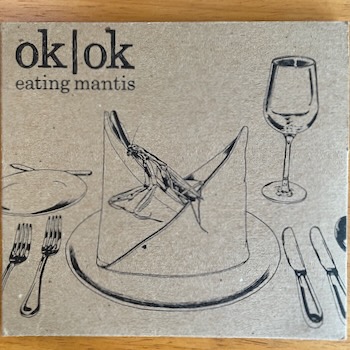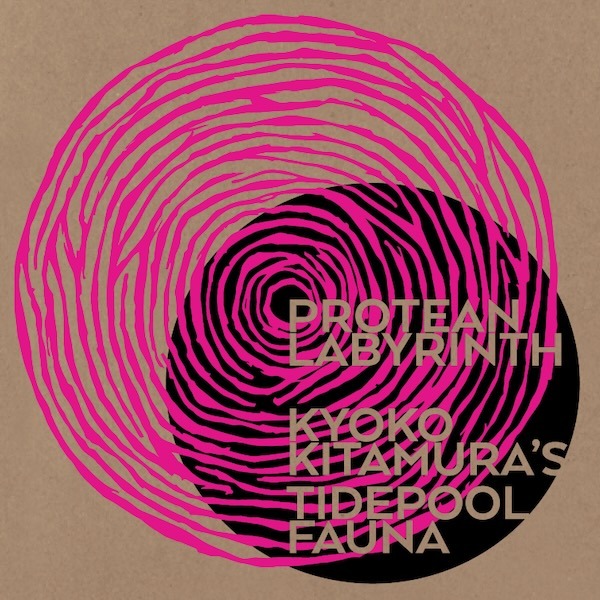Lost recordings and artists’ rights
Every so often, I hear about a label on our scene which would disappear, along with all the physical recordings. Horror stories abound, of label owners destroying CDs and LPs. Are the artists notified beforehand? Can the artists keep any of the copies about to be demolished? Unfortunately, the answer to both is often a…

